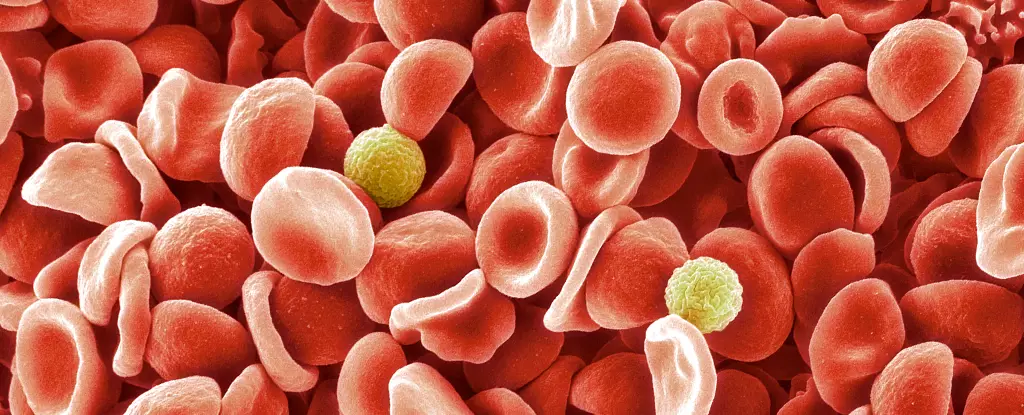In the realm of medical discoveries, few narratives are as captivating as that of a pregnant woman whose blood sample in 1972 unveiled a critical anomaly. At the time, doctors were puzzled to find that her blood lacked a specific surface molecule that was ubiquitous across all documented human red blood cells. This medical curiosity, while initially a puzzle of sorts, laid the groundwork for an extensive investigation spanning half a century, culminating in a groundbreaking revelation regarding a new blood group system known as the MAL blood group. The announcement made in September 2022 by research teams from the UK and Israel represents not just a scientific triumph but also underscores the long journey of discovery in human hematology.
Blood group systems are not simply academic concerns but critical components of safe medical practice, especially in transfusions. The widely recognized ABO group and the rhesus factor are only two aspects of a much broader and complex classification influenced by various glycoproteins and glycolipids—collectively referred to as antigens—present on the surface of red blood cells. These antigens serve as biological flags, helping the immune system discern between self and non-self cells. Incompatibility during blood transfusions can provoke severe immune reactions and can even be fatal. Hence, understanding lesser-known blood groups, such as MAL, expands our capacity to administer appropriate medical care to all patients, particularly to those with rare blood characteristics.
One of the intriguing elements of the MAL system is the rarity of its genetic manifestation. As UK NHS hematologist Louise Tilley notes, previous understandings uncovered that over 99.9 percent of people exhibit the AnWj antigen. This protein, integral to human cellular dynamics, derived its name from a patient diagnosed almost 50 years ago. The MAL blood group encapsulates cases where mutations in genes responsible for the AnWj antigen’s production result in its absence—a state referred to as AnWj-negative. The implications of these genetic quirks are profound; they not only influence blood compatibility but also draw attention to the potential for underlying health issues.
A profound aspect of the MAL discovery lies in the complexity of the genetic variance underlying blood types. Researchers identified several patients with AnWj-negative blood who did not exhibit the expected genetic mutations, suggesting that other biological factors might suppress the antigen’s production. This raises critical questions regarding the functioning of the MAL protein, which is vital for cellular stability and transport across membranes. By employing gene insertion techniques, researchers were able to demonstrate that introducing the normal MAL gene into AnWj-negative cells resulted in the successful production of the antigen. This innovative approach underscores the multidimensional research strategies necessary to uncover the mechanisms driving blood group differentiation.
With the identification of the MAL blood group, the potential for tailored medical assessments has expanded. Patients displaying AnWj-negative blood can now undergo genetic testing to discern whether their blood type results from inherited traits or from phenotypic suppression potentially linked to medical conditions. Understanding these differences in genetic expression opens doors for diagnosing other latent health issues that may not manifest through obvious symptoms. The intricate dance between genetics and health showcases the importance of continuing research in this area, as knowledge of rare blood types can significantly impact patient care strategies.
A Call for Continued Research
The journey from a single unremarkable blood sample in 1972 to the identification of an entirely new blood group system emphasizes not only the perseverance of researchers like Tilley and her colleagues but also the need for ongoing research in hematology. With every discovery, we peel back layers of biological complexity, revealing not just new forms of blood compatibility but also the exciting potential for advancing our understanding of human biology and improving patient outcomes. In medicine, each rare anomaly is a story waiting to be told, with the power to save lives through better-informed medical practices.


Leave a Reply